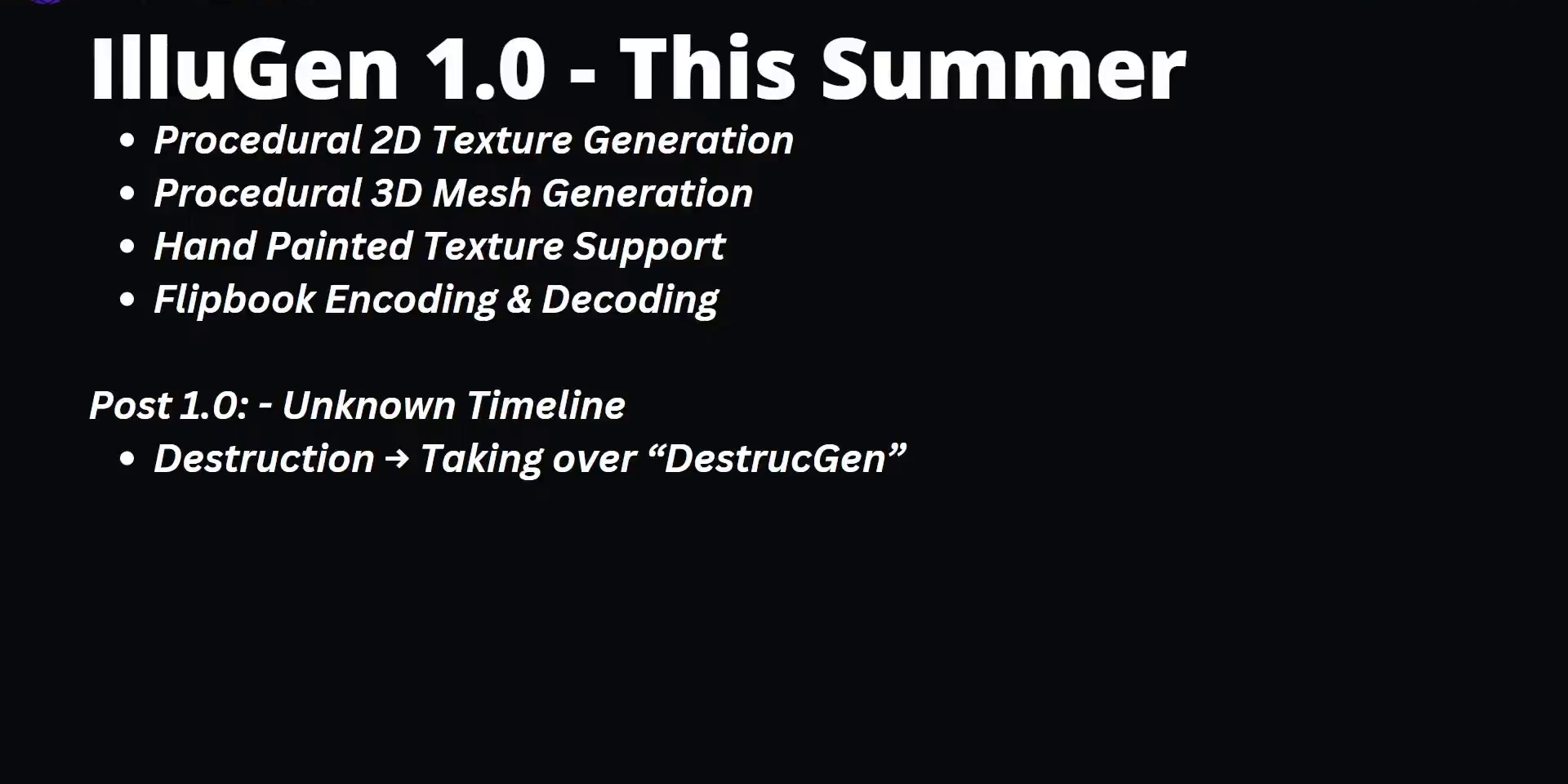See JangaFX’s first demo of IlluGen, its app for in-game VFX
html PUBLIC "-//W3C//DTD HTML 4.0 Transitional//EN" "http://www.w3.org/TR/REC-html40/loose.dtd"
A recording of JangaFX’s spring 2025 livestream, discussing the next updates to its software. The section on IlluGen, its new app for creating VFX assets for games, starts at 00:23:25.
Real-time simulation tools developer JangaFX has shown its first proper demo of IlluGen, its upcoming application for creating visual effects for games.The software, which will be capable of creating both 2D and 3D effects, is due for release this summer, for a price similar to EmberGen, JangaFX’s real-time smoke and fire simulator.
What is IlluGen?
JangaFX publicly unveiled IlluGen earlier this year, adding the software to its online roadmap.The description was brief, and enigmatic, simply stating that it was an application for creating “the majority of assets” used to assemble the “illusions” for visual effects in games.
What toolsets does IlluGen have?
Yesterday’s demo, shown during a livestream on the state of development of all of JangaFX’s products – EmberGen, liquid simulator LiquiGen and terrain generator GeoGen – goes into considerably more detail.LiquiGen is specifically designed for creating animated VFX for games – magic and energy effects, smoke, fire, explosions, and the like – and will feature both 2D and 3D toolsets.
The 2D capabilities include both procedural texture generation and hand painting: users will be able to create their own brushes procedurally inside the software and paint with them.
IlluGen will also generate 3D meshes, although it’s geared to creating 3D forms required for in-game VFX, like energy beams and impact craters, rather than general procedural modeling.
What is workflow like in IlluGen?
Workflow is node-based, with users creating effects by wiring together nodes in a graph in a way similar to JangaFX’s other apps, or Adobe’s Substance 3D tools.Most nodes display animated previews of their output, making the graph easy to troubleshoot.
According to JangaFX, IlluGen is intended to enable users to “create procedural animations beyond what the typical tool would allow with very little to no code”.
In what formats can you get assets in and out of IlluGen?
IlluGen will support flipbook encoding and decoding, making it possible to import simulations created in applications like EmberGen or Houdini as flipbooks, modify them in IlluGen, then export the new flipbooks to game engines like Unreal Engine or Unity.It will also be possible to export data in a range of other forms, including positions, baked textures and Alembic caches.
What kinds of effects can IlluGen create?
JangaFX showed several demos of IlluGen during the livestream, the first being the creation of the ‘mana orb’ above, which CEO Nick Seavert had shared on X earlier this month.
The base fluid was simulated in EmberGen and imported into IlluGen as a flipbook (labeled 2 in the screenshot above), then distorted using a UV co-ordinate plane (5) to match a 3D glass vessel generated inside the software (3).To create the final effect, the fluid is combined with a noise texture 91) and an element representing the fluid surface (2).
However, IlluGen seems to be capable of a range of other types and styles of effects: another demo showed the software spawning particles travelling around a circular spline.
A third demo showed the creation of these Diablo III-style wings.
Who is IlluGen for?
The livestream showed a list of software currently used to create VFX for games, including 2D tools like Photoshop, Krita and Adobe Animate, and 3D tools like Houdini, 3ds Max and Maya.IlluGen is aimed at artists using those apps, although unlike them, is “built for games specifically”.
It is designed to work in existing pipelines, although Seavert did say that he hoped that IlluGen could ultimately replace Houdini as a tool for creating VFX for games.
When will IlluGen be released?
IlluGen is currently scheduled for release this summer: JangaFX hopes to release updates to its software during an ‘elemental week’ at the end of July.How much will IlluGen cost?
The price hasn’t been formally confirmed, but IlluGen will “probably cost as much as EmberGen”, which currently costs $299.99 for a permanent license.It will also be included in JangaFX’s Elemental Suite, which currently costs $449.99.
What features are due after the release of IlluGen 1.0?
Features scheduled for after the 1.0 release include a built-in destruction toolset.Further off, JangaFX aims to introduce a direct export workflow to common game engines like Unreal Engine, Unity and Godot, rather than having to bake assets and import them manually.
Follow development of IlluGen on JangaFX’s online roadmap
Have your say on this story by following CG Channel on Facebook, Instagram and X (formerly Twitter). As well as being able to comment on stories, followers of our social media accounts can see videos we don’t post on the site itself, including making-ofs for the latest VFX movies, animations, games cinematics and motion graphics projects.


